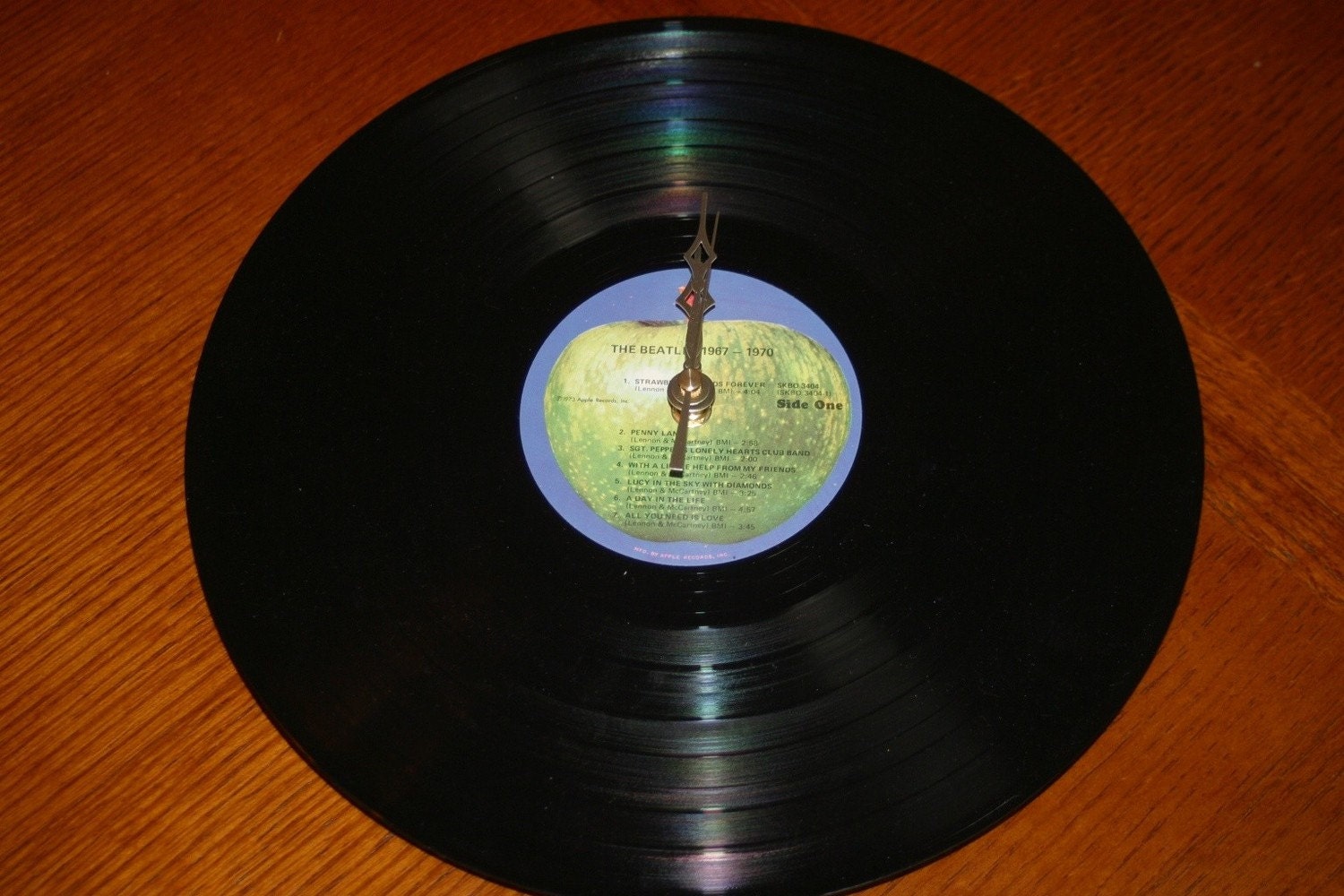

In the From box choose the speed you played the record at (for example, "33 1/3" or "45") and in the To box choose 78 rpm if that is the speed you want to convert the recording to (that is, the speed it should be played at according to the label). Record the track into Audacity at your chosen speed then select all the track by clicking in the Track Control Panel and click Effect > Change Speed. Divide the resultant value into 60 (in our example, 60/0.8 gives us the answer that the record was playing at 75 rpm).Divide that time by 10 (for example, if you measured 8 seconds, dividing that by 10 gives you a resultant value of 0.8).Measure the time taken for 10 consecutive revolutions (you can measure to 1/1000 of a second by zooming in on the waveform).Record the leadout of the final groove and select the distance between the recorded clicks in the Audacity waveform.If your turntable does not have a strobe or speed adjustment, you can measure the playback speed in revolutions per minute (rpm) very accurately thus: See Playback equalization for 78 rpm shellacs and early 33\xe2\x85\x93 LPs in the Audacity Wiki for a list of known equalizations used by different manufacturers of 78 rpm records. In practice, many different equalizations were used according to the record label or even the recording engineer. This will cancel out the unwanted RIAA equalization, after which you can apply one of the 78 rpm playback curve presets supplied with the effect.
#33 rpm record professional
So, to make a fully professional job of transferring your 78 rpm records, you should open Effect > Filter Curve EQ or Effect > Graphic EQ in Audacity immediately after recording, and apply the inverse of the RIAA playback curve (see the next section). They therefore sound dull if played through modern equipment that applies RIAA playback equalization. The problem is that most 78 rpm records were not cut with such a strong high frequency bias. This equalization is essential when playing records made from the 1950s or later, as it cancels out the high frequency biased "RIAA recording equalization" that such records are cut with, making them sound normal again. This is because the pre-amplification not only provides the necessary amplification for the cartridge signal that is sent to Audacity, but applies what is known as "RIAA playback equalization" to it. When recording 78 rpm records, there is a problem that the pre-amplification built into any consumer-level pre-amplifier or USB turntable will be designed for vinyl records made from the 1950s onwards. Backup (you do not want to lose all this valuable work).Review and Export as WAV, MP3 or whatever.Volume adjustments - normalization and compression.Filtering to reduce high and low frequency noise.Correct the speed via the Change Speed effect.Apply the correct equalization (whatever that may be).Remove any DC offset that may be present.This way you will not be continually swapping the stylus on your cartridge - a risky procedure. The safest way to swap between stylus types (if you are doing this often) is to use a separate headshell and cartridge. Again, search on the Internet for advice. Ideally you should consider more than one stylus width if you are playing really old shellac records, because there was no standardization of groove dimensions until late in the 78 rpm era. You need one which will support tracking at the heavier 4 or 5 gram weights that most 78 rpm recordings need. If you can afford it, use a separate cartridge from the one you use for your LPs. There is wider variation with recordings from the 1920's and older. Typical groove widths on 78's prior to the 1940's range from 2.5 mil to 4 mil. A typical good starter sapphire stylus size is 3 mil or 0.0762 millimeters, but watch how many sides you play as the stylus does not last as long as a diamond one. If not, search the web for "78 rpm stylus".
#33 rpm record manual

You should not use a normal stylus (needle) to play 78's.


 0 kommentar(er)
0 kommentar(er)
